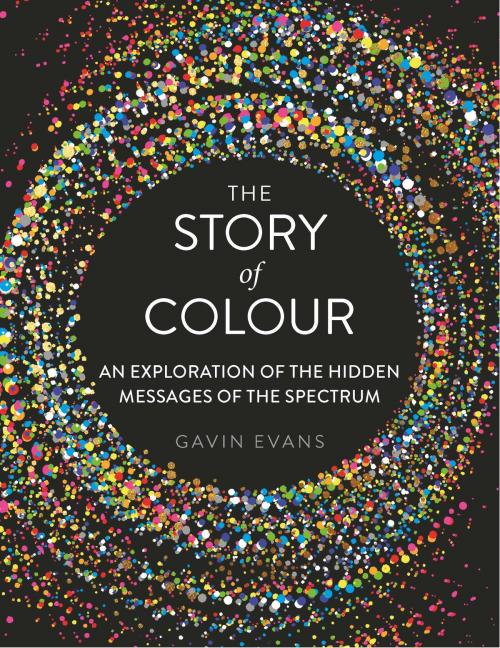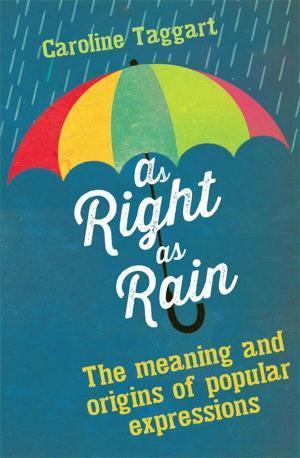The Story of Colour
An Exploration of the Hidden Messages of the Spectrum
Nonfiction, History, Reference, Social & Cultural Studies, Social Science| Author: | Gavin Evans | ISBN: | 9781782436911 |
| Publisher: | Michael O'Mara | Publication: | August 17, 2017 |
| Imprint: | Michael O'Mara | Language: | English |
| Author: | Gavin Evans |
| ISBN: | 9781782436911 |
| Publisher: | Michael O'Mara |
| Publication: | August 17, 2017 |
| Imprint: | Michael O'Mara |
| Language: | English |
Why is green the colour of envy? Why is black ‘evil’? Why is white pure? Why do we ‘feel blue’ or ‘see red’? Why do colours have different meanings for different cultures? When we look at or talk about a colour in a particular setting, we are as likely to see its cultural or symbolic meaning as the shade itself. Why? Sometimes our grasp of a colour relates to the random way we define it. Light blue is called 'blue' but, over the last century or two, light red has become pink, whereas in Russia light blue and dark blue are separate colours. Does language play a part in our perception of colours? In most cases, the origins of why we view a colour in a certain way goes back hundreds, if not thousands, of years. Blue was not always a boy’s colour; pink was not always a girl’s. Indeed, less than one hundred years ago, in the West, it was the other way round. This book offers a lively, anecdotal treatment of the cultural mysteries of colour, and focuses on the way we respond to colours, the significance we give them – and how these things change over time and from place to place. It tells the story of how we have come to view the world through lenses passed down to us by art, science, politics, fashion, sport and, not least, prejudice.
Why is green the colour of envy? Why is black ‘evil’? Why is white pure? Why do we ‘feel blue’ or ‘see red’? Why do colours have different meanings for different cultures? When we look at or talk about a colour in a particular setting, we are as likely to see its cultural or symbolic meaning as the shade itself. Why? Sometimes our grasp of a colour relates to the random way we define it. Light blue is called 'blue' but, over the last century or two, light red has become pink, whereas in Russia light blue and dark blue are separate colours. Does language play a part in our perception of colours? In most cases, the origins of why we view a colour in a certain way goes back hundreds, if not thousands, of years. Blue was not always a boy’s colour; pink was not always a girl’s. Indeed, less than one hundred years ago, in the West, it was the other way round. This book offers a lively, anecdotal treatment of the cultural mysteries of colour, and focuses on the way we respond to colours, the significance we give them – and how these things change over time and from place to place. It tells the story of how we have come to view the world through lenses passed down to us by art, science, politics, fashion, sport and, not least, prejudice.















